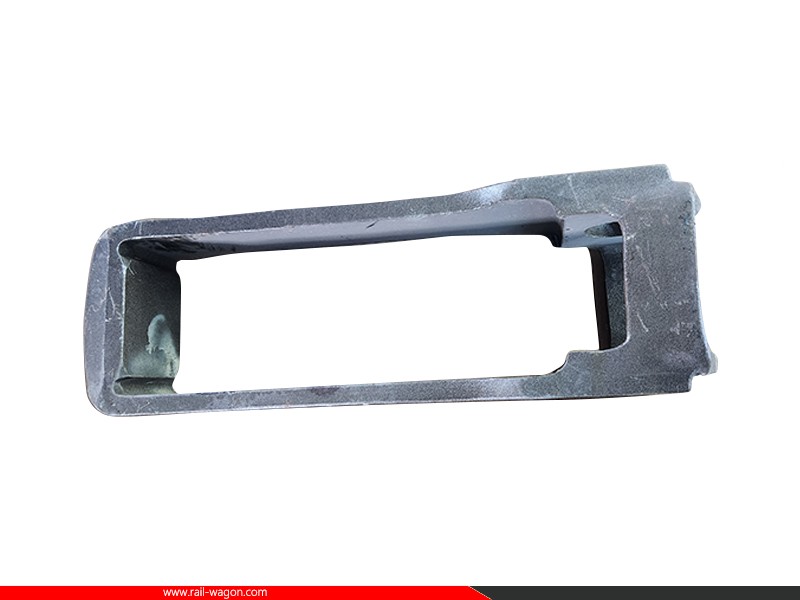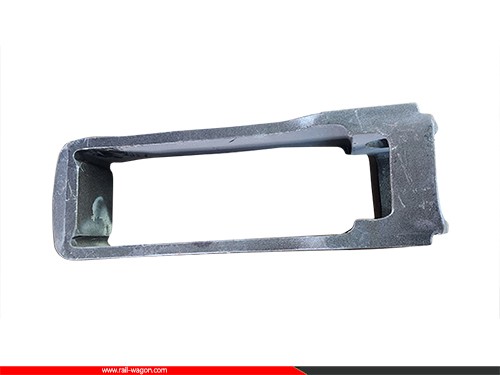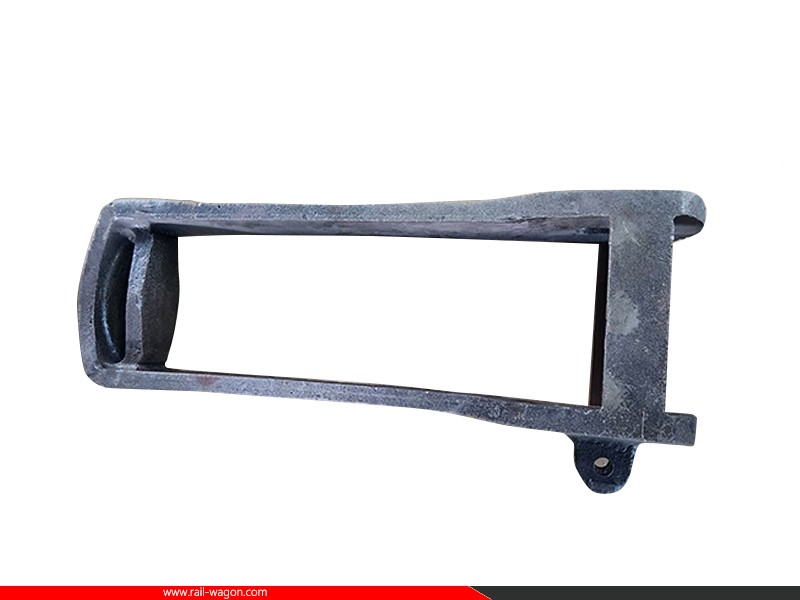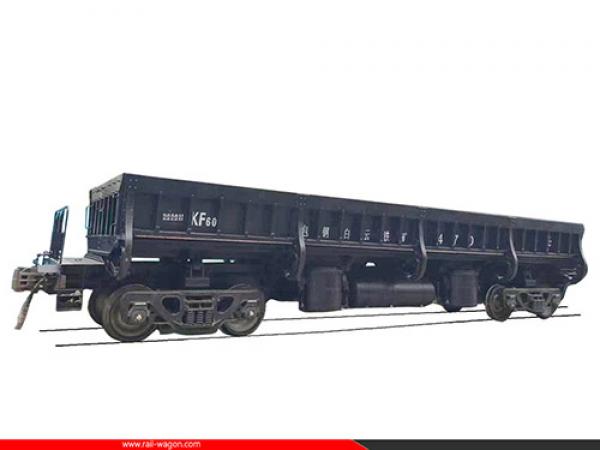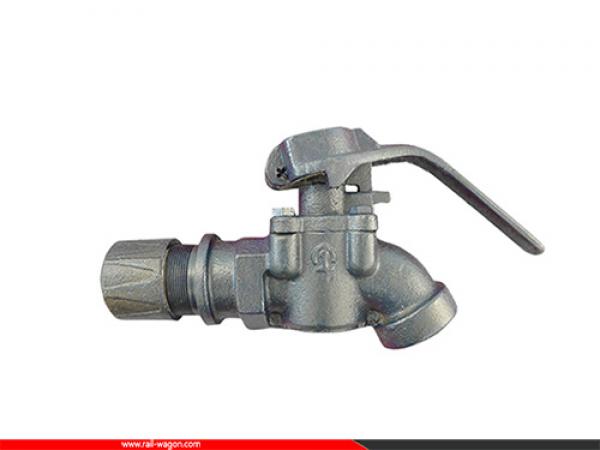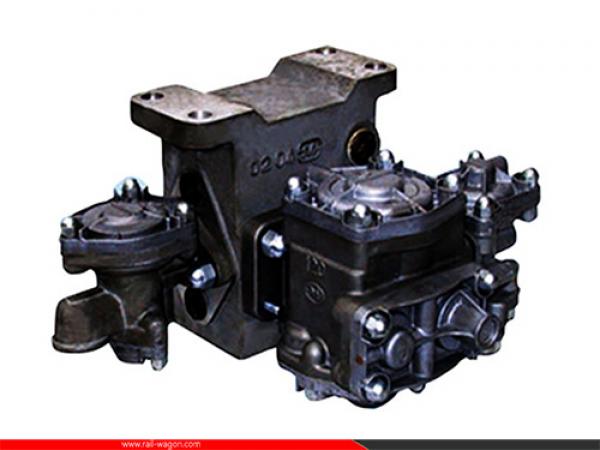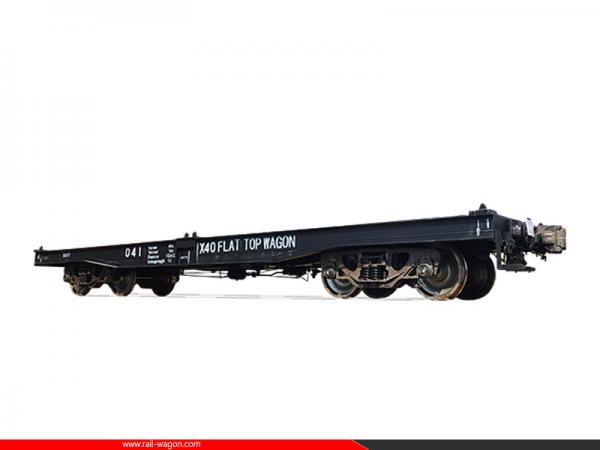Coupler Yokes Chinese Railway Freight Wagon Coupler AAR Coupler Yokes
- Category: Coupler & Draft Gear
- Manufacturing process: casting & forging
- Models: 13B, No.17, Y45AE, Y40AE
- Material: Grade E, AAR M201
- Standard: TB/T456, AAR S-149
Coupler Yokes Chinese Railway Freight Wagon Coupler AAR Coupler Yokes
1. Brief introduction:
The coupler yoke plays a crucial role in the coupler buffer device. It serves as the main component for attaching the slave plate and buffer, while also absorbing the traction forces that trains exert. When railway vehicles are linked together using couplers, they form a train. The coupler hook connects to the coupler yoke via the coupler yoke pin. During towing, the force transfer occurs in the following order: coupler → coupler yoke pin → coupler yoke → buffer → slave plate → front slave plate seat → traction beam. Conversely, under impact, the force transmission follows this path: coupler → coupler pin → coupler yoke → slave plate → buffer → rear slave plate seat → traction beam.
Coupler yokes can be produced through casting or forging methods, utilizing Grade E steel. The forged coupler yoke is an enhanced version of the cast type and is designed primarily for heavy-duty trains weighing over 70 tons. This type undergoes a process of die forging and tempering after welding to improve its strength and performance. The fatigue strength of forged yokes can improve by 80% to 200%, helping to prevent issues like porosity and shrinkage that are common in cast types. Performance standards for coupler yokes are ensured through techniques such as ultrasonic and magnetic particle flaw detection, which confirm their suitability for safe vehicle transportation and operation.
2. We could provide below types of coupler yokes:
|
Models |
Applied coupler |
Material |
Process |
Standard |
|
13B coupler yoke |
No.13 coupler |
E grade, AAR M201 |
Casting, forging |
TB/T 456 |
|
17 coupler yoke |
No.17 couplers |
E grade, AAR M201 |
Casting, forging |
TB/T 456 |
|
Y45AE |
F coupler, E/F coupler |
E grade, AAR M201 |
Casting |
AAR S-149 |
|
Y40AE |
E coupler |
E grade, AAR M201 |
Casting |
AAR S-141 |
3. Application:
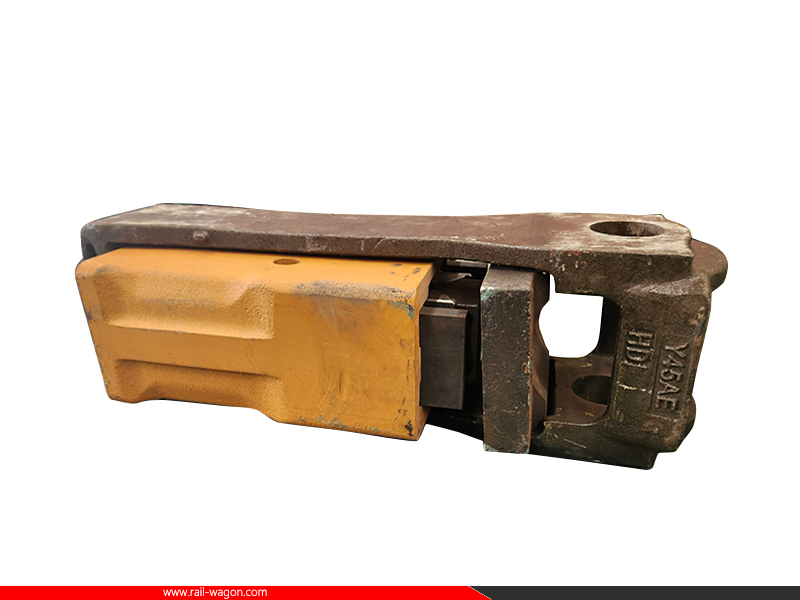
INQUIRY
CATEGORIES
CONTACT US
Name: Yolanda Zhang
Mobile:+86-18625131201
Tel:+86-562-2856868
Whatsapp:8618625131201
Email:tltkgd@foxmail.com
Add:No.7 Jingqiao Avenue, Yi'an Economic Development Zone, Tongling City, Anhui Province, China. Zipcode:24431

